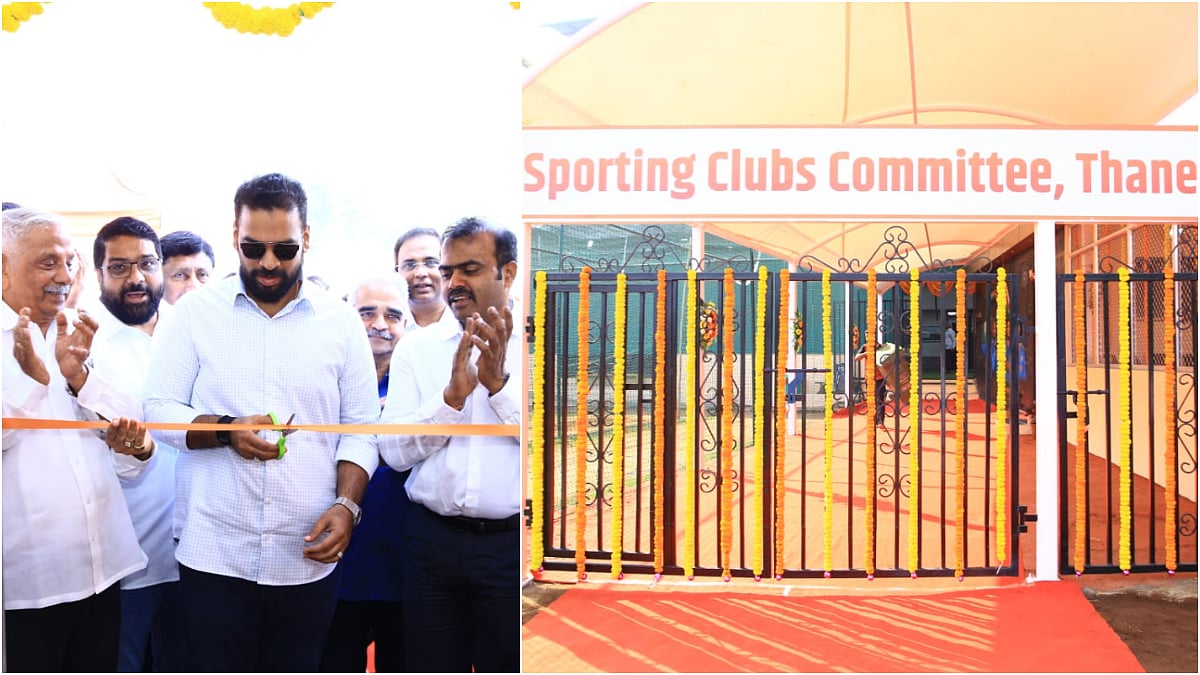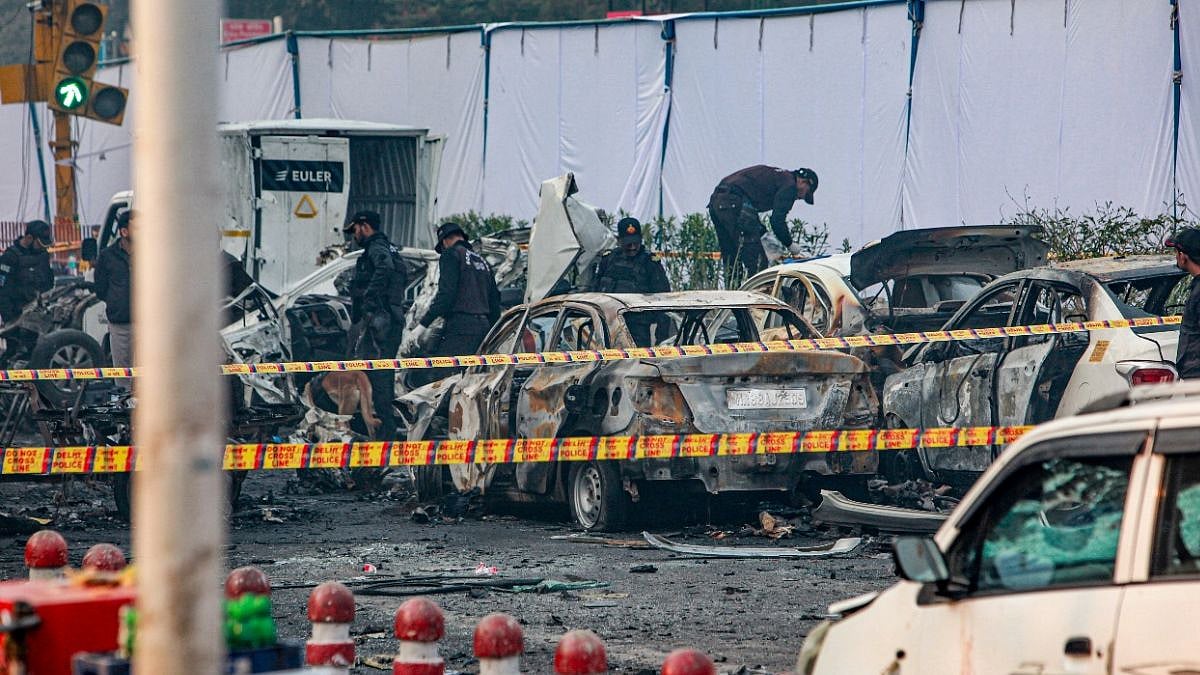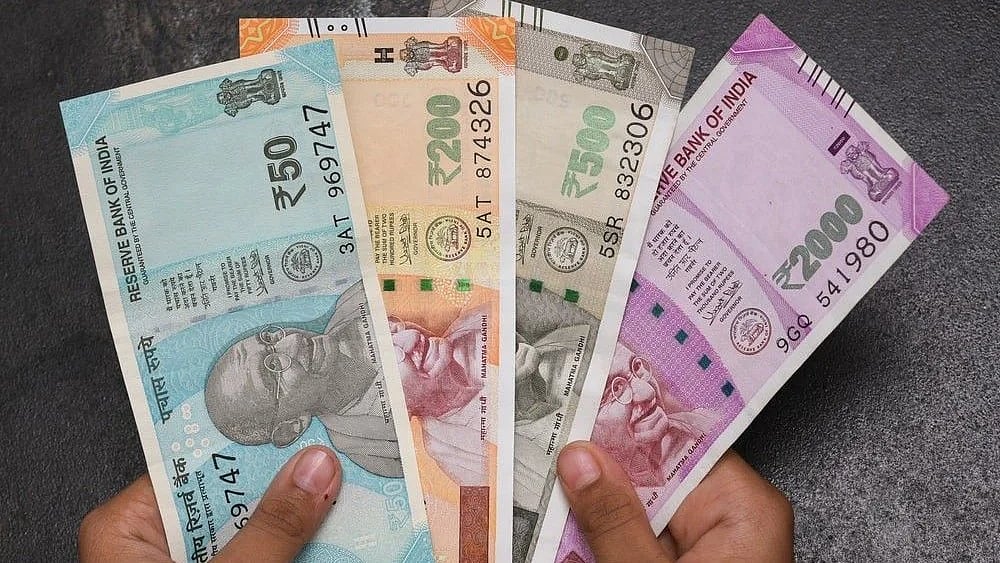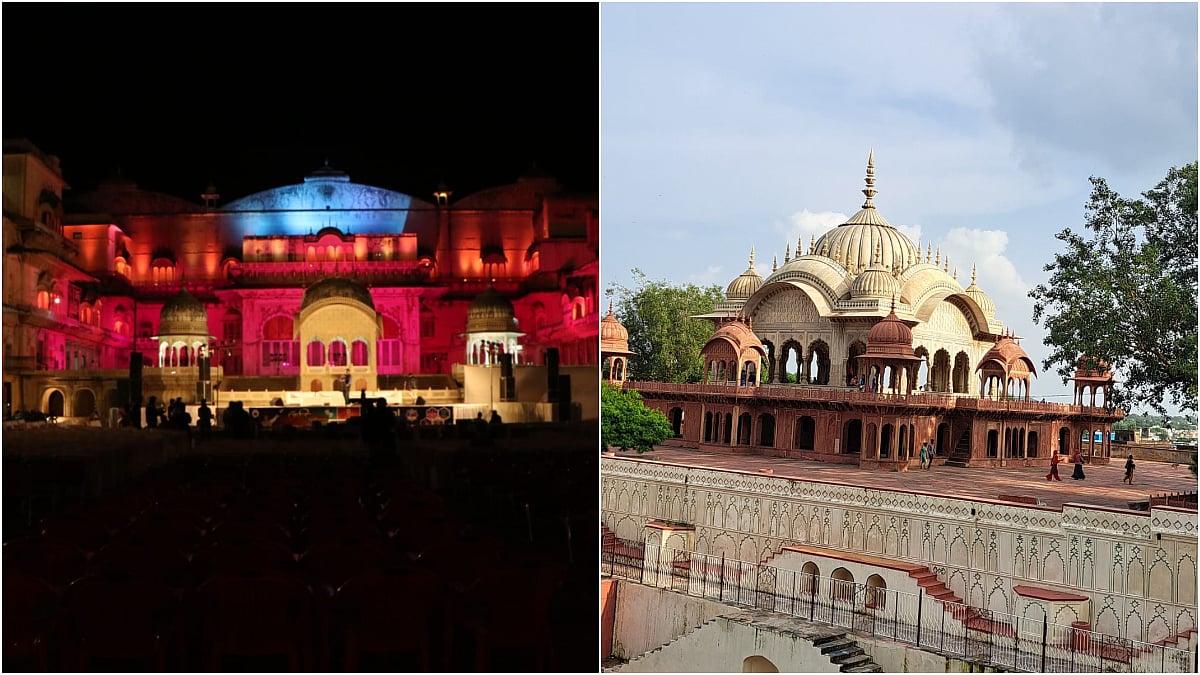Education is the most powerful weapon to change the world,” Nelson Mandela said.
As a young nation, the Kothari Commission recommended a complete overhaul of the education system, as it recognised education as the single most fundamental instrument to achieve social, economic and cultural transformation essential to realise national goals.
Based on this very premise, India formulated its first comprehensive education policy. While in the intervening years some progressive steps have indeed been taken in the policy space, education for every last child still remains an unfulfilled goal, as inadequate funding and lacklustre implementation continue to plague the dreams of millions of our children.
So, what put brakes to our journey to fulfil the goal of universalising education? Of course, the intent of the government was not flawed. The historic Right to (Free and Compulsory) Education Act 2009 (RTE) was a testament to this, and its huge impact on India’s education indicators is indisputable. However, as we completed a decade of implementation of this landmark Act last year, the pace and reach of implementation highlighted the emerging need for a rejig, which the recent draft of New Education Policy ventured to address.
Universalisation of elementary education with ‘Sarva Shiksha Abhiyan’ (now merged into ‘Samagra Shiksha Abhiyan’), RTE’s flagship programme, has impacted enrolment rates positively, but has failed to reach every last child and does not reflect on the rates of retention. While the Gross Enrolment Ratio (GER) indicating the general level of participation per stage of school education surpasses 95% at the primary level, it decreases to less than 80% at the secondary level and plummets to 55% at higher secondary. Similarly, Age Specific Enrolment (enrolment of specific age groups in school, regardless of which class they go to) in the age groups of 6-10 and 11-13 years stands at a formidable 90%, drops to a mediocre 76.5% in the age group of 14-15 years, and further to a shoddy 45.9% in the age group of 16-17.
Looking at the dropout figures, average annual rates are at 6.3% and 5.7% in the primary and upper-primary levels respectively, but shoots up to a high 19.5% at the secondary level. A class-wise analysis of dropout numbers suggests that the phenomenon is restricted within 4% up to the seventh standard (12/13 years) before going up to a 9% - 31% in the eighth, ninth and tenth standards (14/16 years). Also, with less than 4% of schools in the country to offer complete school education from Class 1 to Class 12, and less than 20% of schools offering secondary and higher secondary education, dropout of children as they go up the education ladder is more a systemic flaw. These datasets are proof enough for the criticality of the extension required for RTE Act up to 18 years of age, and this has been the agenda we at CRY – Child Rights and You have been continually advocating for.
Having said that, establishing a continuum of education for all children, as envisaged by the Sustainable Development Goals (SDG), looks equally important. Pre-schooling (from 3-6 years) is a critical step, which, when missing, impacts the entire continuum.
The New Education Policy 2019 stresses on restructur-ing of the school curriculum, combining three years of pre-primary and the first two years of primary schooling into the first foundational phase. A large quantum of work and adequate financial and human resource investment will need to be done here as majority of states currently have not made provisions for pre-school education through anganwadis or downward extension of the school system.
The government rightly recognised teachers’ training to be critical to a qualitative change in education, mandating that all teachers need to acquire the minimum qualifications prescribed by the academic authority within 2019. But that has yet not been achieved. According to estimates, currently more than 2 million teachers in the country have an educational qualification below graduation and one in every five teachers is not professionally qualified.
This brings us back to the fundamental question of inadequate funding. The coming decade will see the biggest cohort of India’s children slowly move into adulthood. Allocating adequate resources to strengthen their present and build their future would certainly be the game changer. Designed well and monitored properly, it promises enough potential to drive the country to become a world leader, thriving on a high demographic dividend.
Child Rights and You is an Indian NGO that believes in every child’s right to a childhood.
Kreeanne Rabadi - Regional Director, CRY – Child Rights and You (West)









